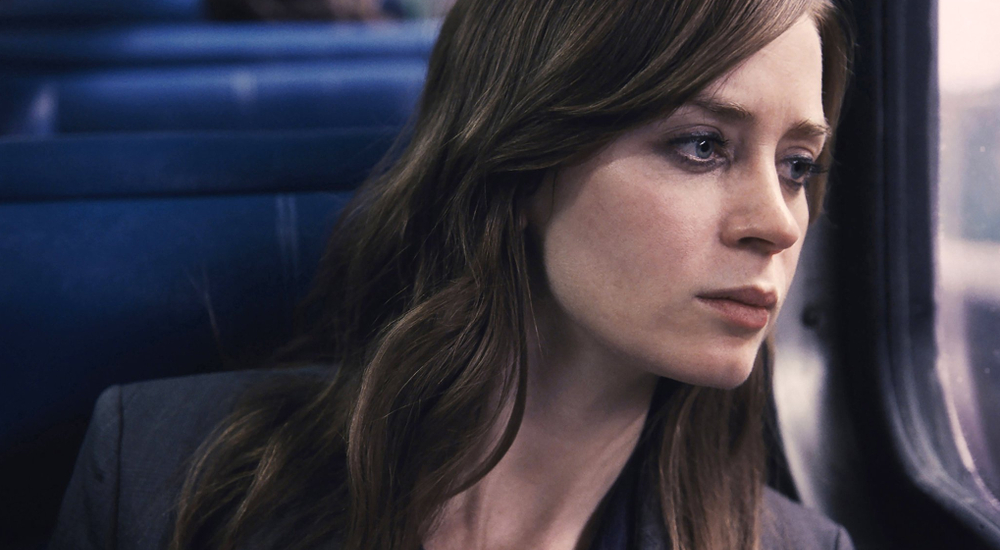“I’m not the girl I used to be.”
Tackling the mystery thriller that sent shockwaves across the globe, highly regarded director Tate Taylor attempts to give Paula Hawkin’s bestseller The Girl on the Train the big screen treatment.
Revolving around the intertwining lives of three women, the original novel was complex storytelling at its finest. Changing vantage points to give a full, concise point of view, readers were taken on a wild and sometimes chaotic journey as we watched Rachel, a recent divorce and now alcoholic, battle her demons (and past).
The film, though complete, couldn’t jump around at free will, losing pace to the addictive novel that sends chills down your back as the unexpected twist sends your jaw to the ground. Thankfully Tate creates a solution, paying homage to the source material while crafting a film that yearns your respect and demands your attention - no matter how many people try to compare it to 2014’s Gone Girl.
Emily Blunt owns the role of Rachel, a recent divorce who travels to and from New York City on a train, idolizing the happy lives of those she passes by, one of which is her ex-husband and his new wife who currently reside in her old home. The emotions are real, as is the struggle. Blunt sells her soul for the role, offering up a slightly obnoxious drunk that, unusual as it is, you care for.
Her story is completed through the work of Rebecca Ferguson’s Anna (Rachel’s ex-husband’s new wife) and Haley Bennett’s Megan, their nanny who mysteriously goes missing and, weeks later, is found murdered in the woods nearby.
Evenly paced and bearing an immense sense of mystery and suspense, the lone miscue relating to The Girl on the Train rests within its time jumps. Though anyone who has read the book will understand their inclusion, to an unknowing audience they become overwhelming. Taylor often forgets to remind those watching that we have returned to present day, taking their acute awareness for granted - even if many will appreciate the respect given regarding their understanding of the story and its layered complexity.
Unlike many of its predecessors, Taylor doesn’t baby Blunt’s Rachel. Unable to fully remember the events of the night of Megan’s disappearance, Rachel’s blackout becomes the missing piece in the ever convoluted puzzle. As clues begin to surface, we start to witness (and better understand) the authentic approach that comes with Hawkin’s characters. The pure path makes them relatable, and the lack of flashing lights or worldly revelations gives it a true-to-life feel.
Though the film unashamedly dwells in the sexuality of the women, generating a provocative subtext that should ignite the senses, The Girl on the Train is careful not to overwhelm. Taylor’s slow burn approach will satisfy fans of the source material and reward those patient enough to wait for key details to unravel. Conflicting with the Hollywood norm, the film’s titular third act refuses to play to a gimmick, in the last ten minutes untangling like a true news bulletin, completely without the glam, flashing bulbs or strong desire for high ratings.

